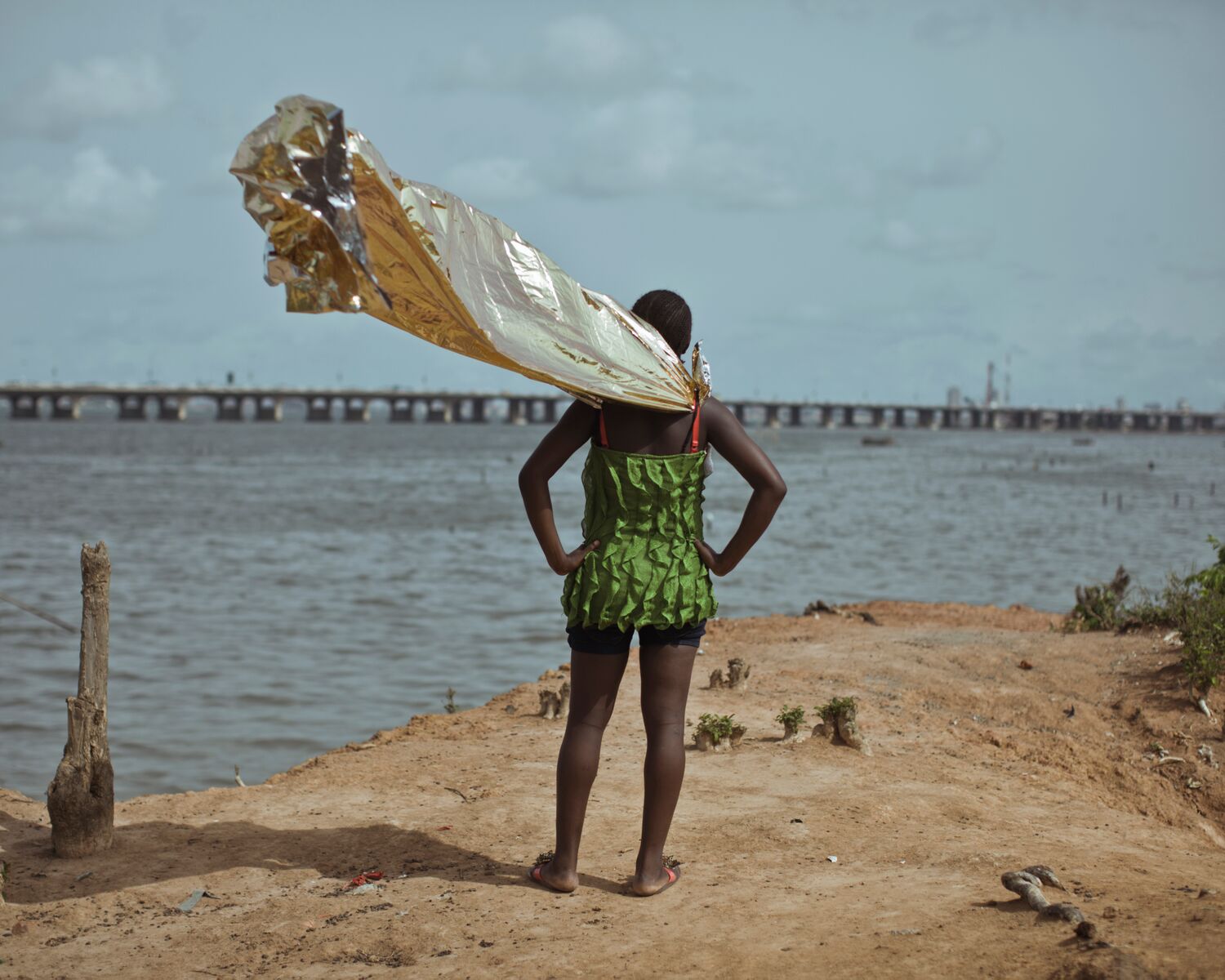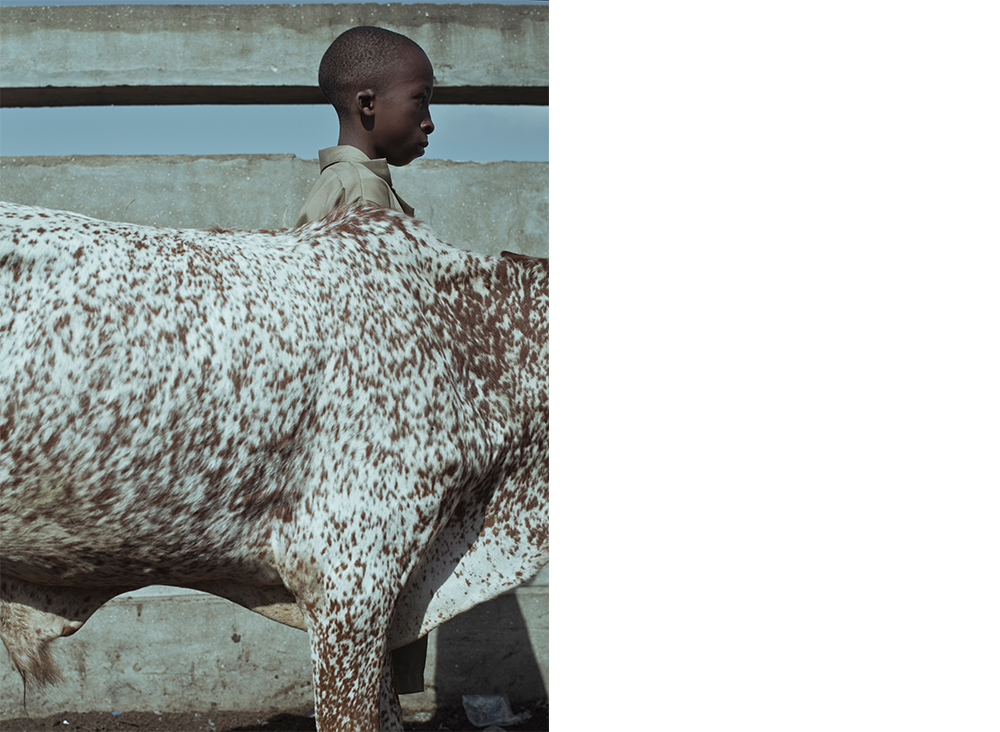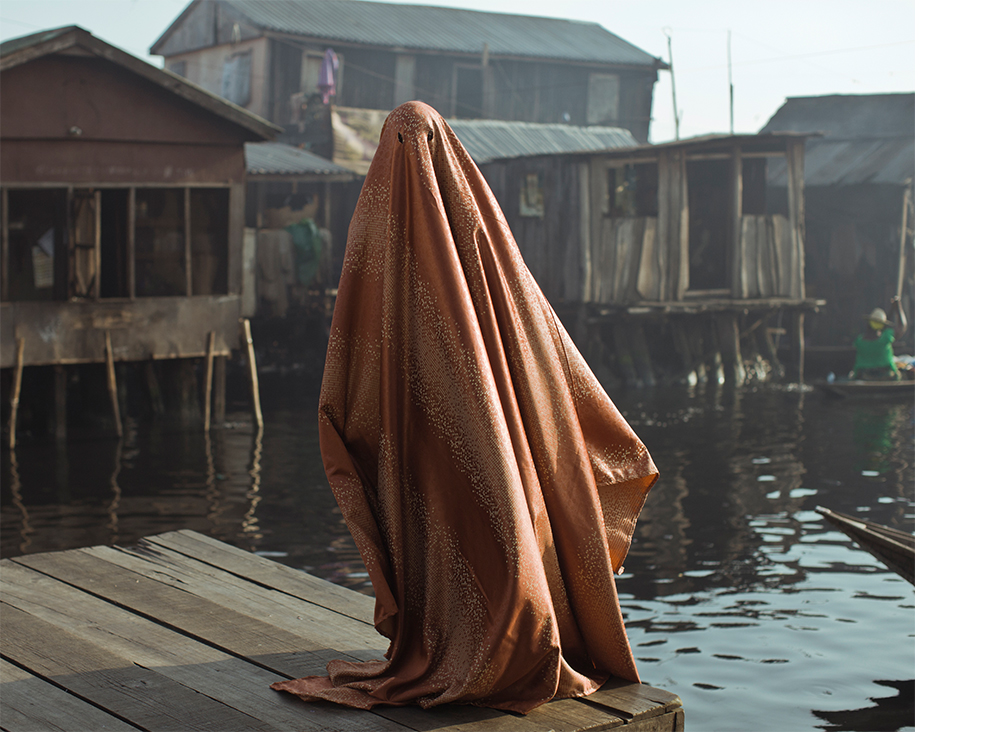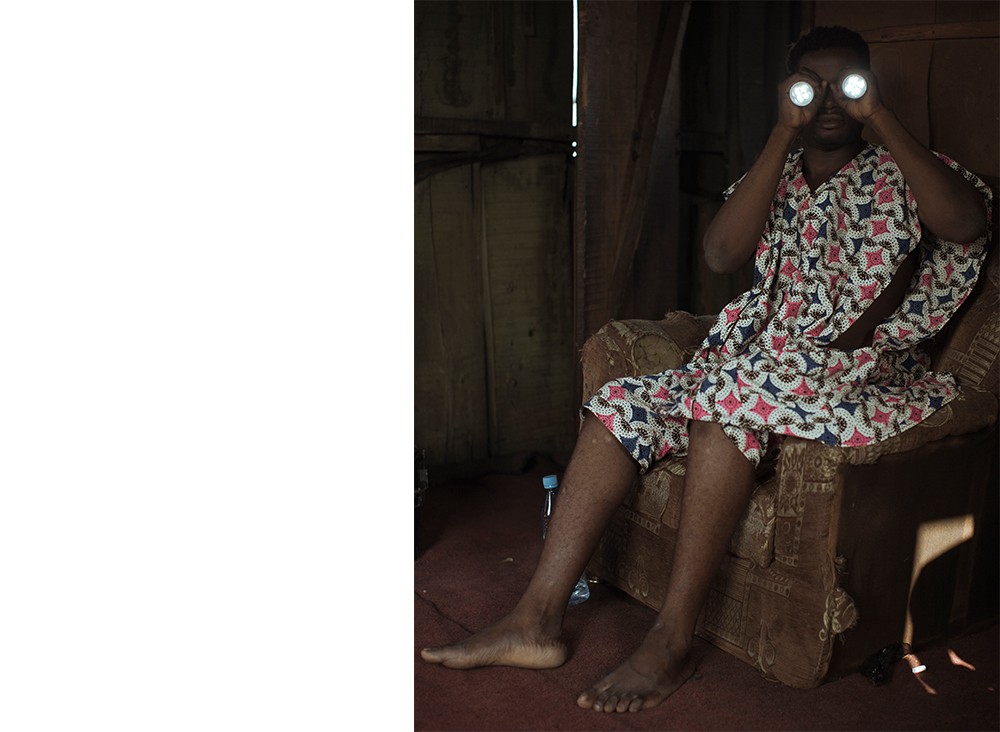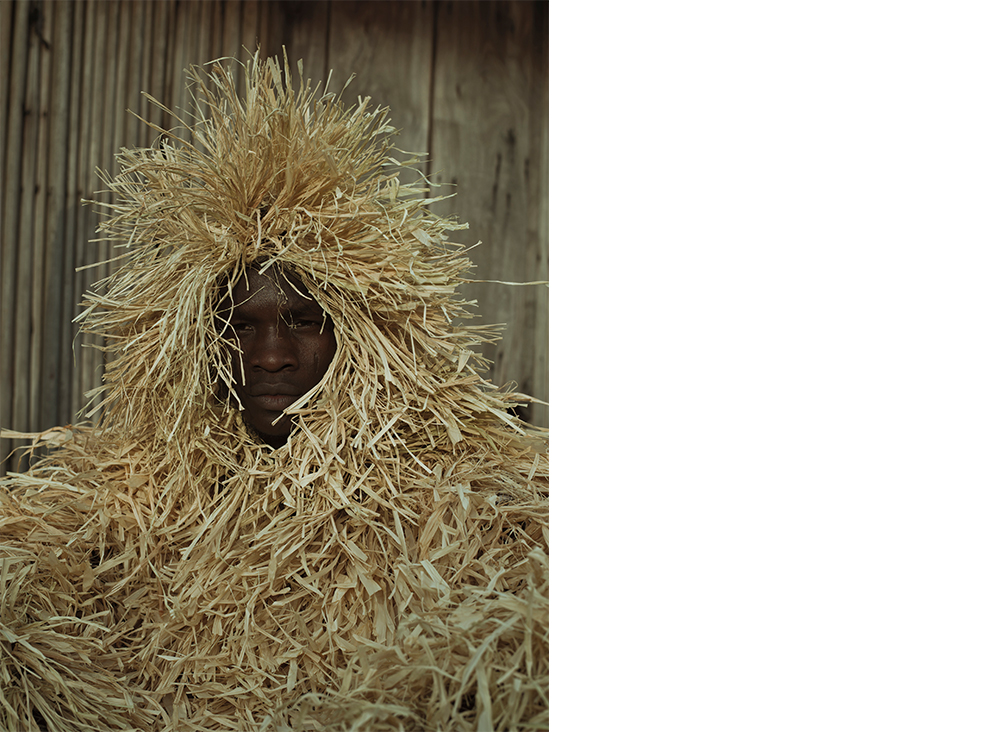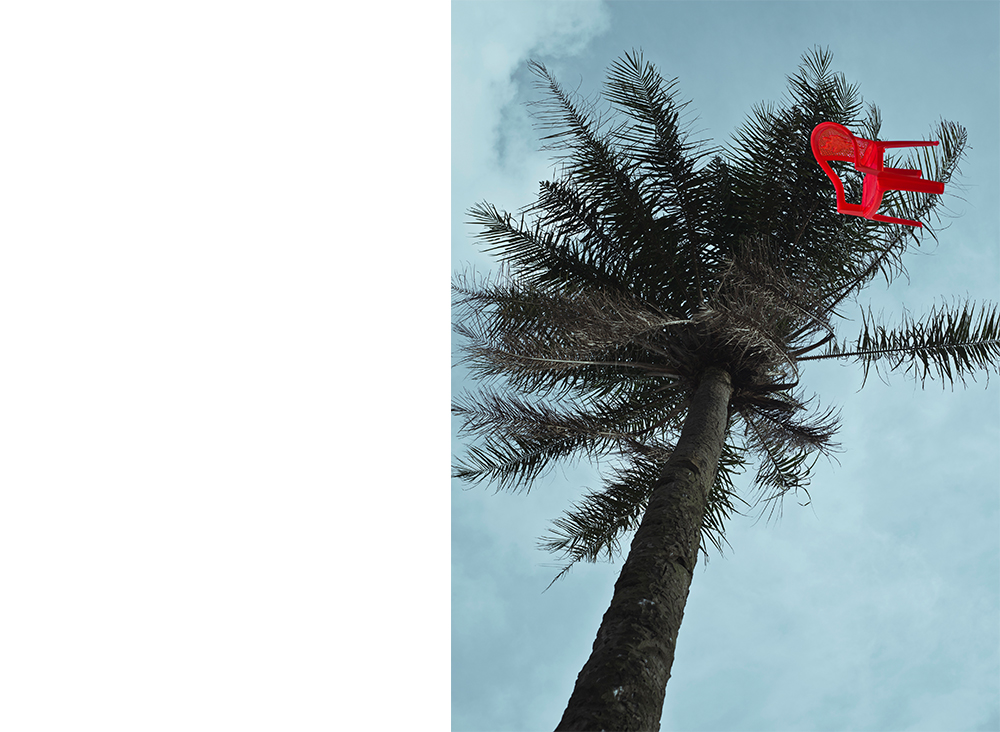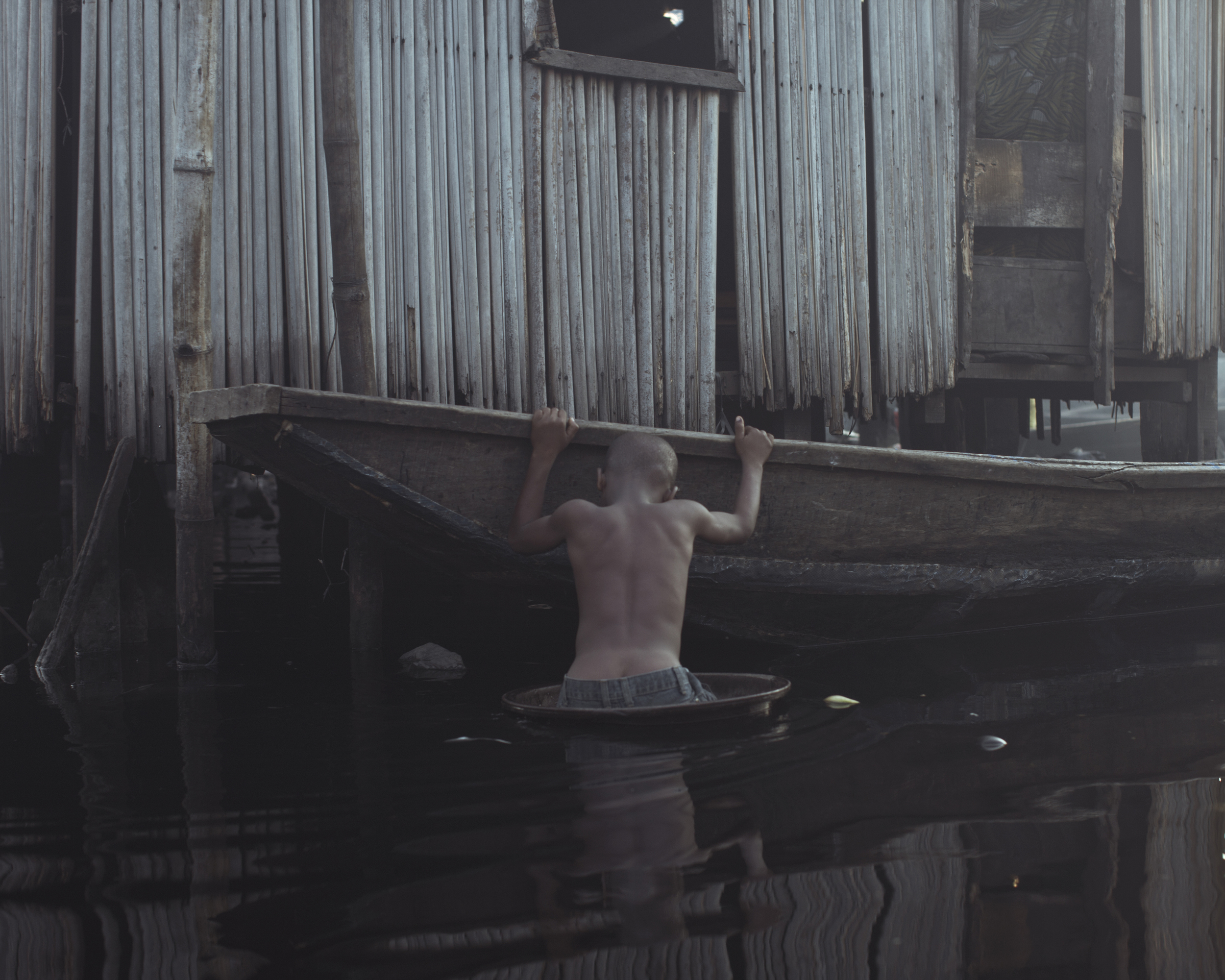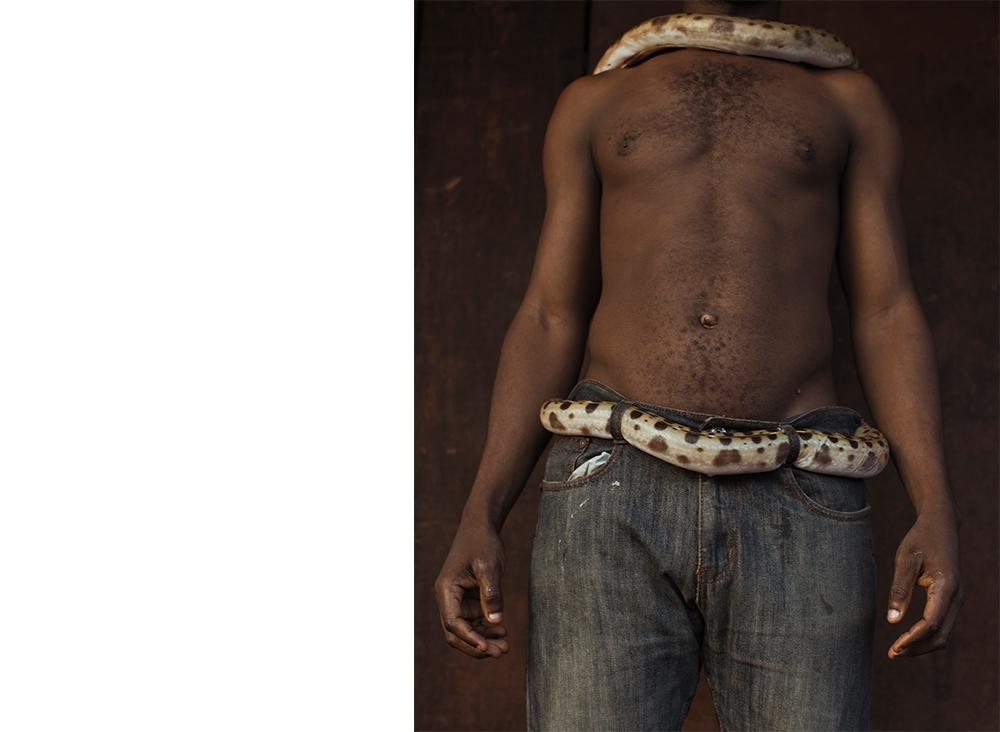In the first of our series of Gallery Talks, Spanish artist Cristina de Middel takes the hot seat
The last time I interviewed Cristina de Middel in 2013,The Afronauts was hanging on the walls of London’s Photographers Gallery, among the finalists for the Deutsche Börse Photography Prize. Her heart-warming, grainy images reimagines Zambian school teacher Edward Makuka Nkolo’s spirited attempt to join the 1960s space race, gripped the art world’s imagination and went on to win multiple awards as well as lead de Middel to her latest African project, This Is What Hatred Did.
The Alicante-born artist studied both fine art and photography before working for newspapers and NGOs in Spain for over a decade. But by 2010 she had become disenchanted with how the press present viewpoints as hard fact. “As an image-maker, I’m suspicious about the truth portrayed in the media and want to raise questions about how we consume photography,” de Middel says. “We’re supposed to blindly believe in photojournalism yet certain subjects - humanitarian disasters, immigration - are always approached the same incomplete way. But photography can be a huge agent of change.”
So she quit her job and went about turning the rules on their head by presenting fantastical facts as fiction and The Afronauts was born. It was exhibited worldwide, catapulting de Middel’s career into orbit and on the hunt for new narratives to re-tell. She discovered the 1964 novel My Life In The Bush Of Ghosts, Amos Tutuola’s commentary on the negative influence of war and religion in Nigeria. It tells the story of a young boy who is forced to flee into the bush when his village is attacked, where he finds himself immersed into a magical wilderness of Yoruba spirits for 30 years.
"One boy was so terrified by the sight of me in a canoe that he jumped in the water and started screaming”
“When I read the book it generated lots of images for me and I started sketching. Then I was invited to LagosPhoto 2013 and the organisers said I could stay as long as I wanted. So I decided to try the opposite of The Afronauts and make a fiction happen for real.” She found her modern day wilderness in Makoko, the Lagos Lagoon slum that has been much documented by international media. “If you want to photograph poor Africa with beautiful light, then you go there,” she says wryly. “These are the images that feed into the stereotypes of impossible Africa. But a lot of the population are from Benin, making it the ‘Vatican of Voodoo’ so there’s a spirituality to the neighbourhood. Aesthetically it’s spooky with smoke in the air, dark water and tumbling down houses. It’s a place where, from my perspective, no rules or logic seem to apply – so it had all the elements I was looking for to show Makoko from a different perspective.”
She was introduced to the community leaders and it took many meetings to gain access. “It wasn’t until we were drinking palm wine with one of them that he decided to trust me,” she laughs. She spent several weeks shooting with members of the community and has been back twice since, completing This Is What Hatred Did (the last line of the book) late last year. The resulting hyper real, otherworldly images stay truthful to the novel’s scary scenes. Gold becomes edible. Snakes are worn as belts. Ghosts glow in the dark. And children shape shift into snails. Some pictures were planned, others were spontaneous as the people of Makoko became engrossed in “watching this white lady do crazy things. One boy was so terrified by the sight of me in a canoe that he jumped in the water and started screaming!”
This Is What Hatred Did is being published as a book by Editorial RM, de Middel’s work running alongside Tutuola’s original text. She’ll be showing the project at both Tokyo’s IMA Gallery in and Encontros da Imagem festival in Portugal in September before returns with it to LagosPhoto 2015 this October, where she’ll also be this year’s festival curator. She is excited by the opportunity to celebrate photography that engages with Africa, name-checking the likes of Namsa Leuba, Patrick Willocq and Teju Cole among those doing good work on the continent. “It’s so fresh compared to what we’re doing in Europe. The work is brave and honest and has an amazing visual language that is finally receiving more visibility.”
“African photography is brave and honest and has an amazing visual language that is finally receiving more visibility”
Currently based in Mexico City, two of de Middel’s new projects were shot in Brazil. Sharkification turns the favelas into a coral reef where the battle between the police and drug gangs become sharks in pursuit of small fishes. Think City of God meets Finding Nemo. “The favelas are an oppressive environment where it feels like being underwater. Citizens here are below society but the special forces have not managed to pacify them.” Conversely Gentleman’s Club returns to her photojournalistic roots to document prostitution in Rio de Janeiro. Here she spins the expected gaze away from the workers and onto their clientele. “I’m using black and white film and my Leica – all the tools that reinforce that this is not staged. But I’m broadening the limits of photojournalism by taking a subject often shot in Brazil and focusing on the men instead of the women. By paying the clients to be pictured in the sorts of hotels they usually take prostitutes, they are prostituting themselves.”
Yet another new project, Jan Mayen recounts the true story of a band of early 20th century European explorers who disguised their failure to ‘discover’ on icy island between Greenland and Iceland by forging their landing photographs. With this, plus multiple books, exhibitions and art fairs in the diary in coming months, there’s no rest in sight for de Middel and she admits receiving so much attention is personally challenging. But it’s worth it. “After The Afronauts, the support and understanding I received gave me the confidence to express what I want and need to about photography and the world,” she says. “That is the biggest privilege of all.”
Words Helen Jennings
Visit Cristina de Middel

